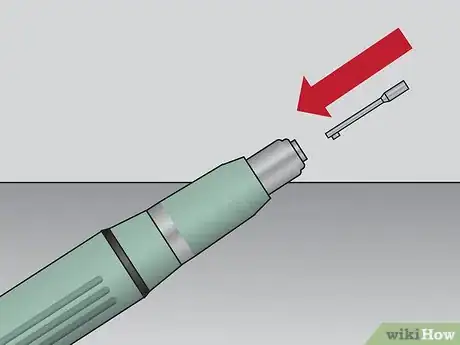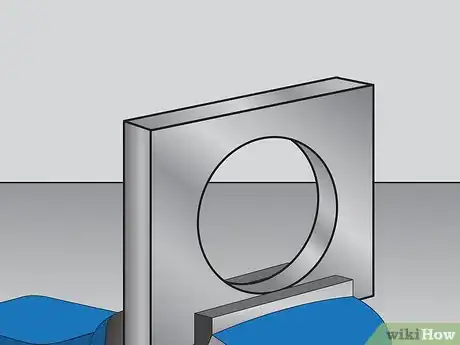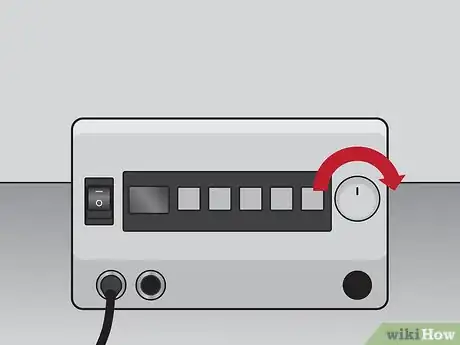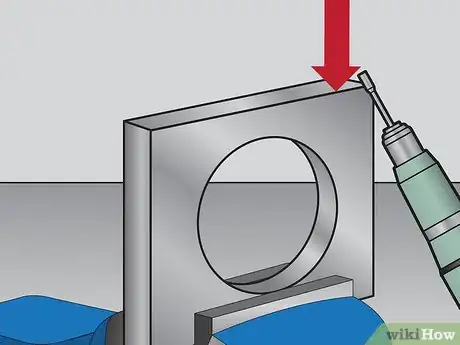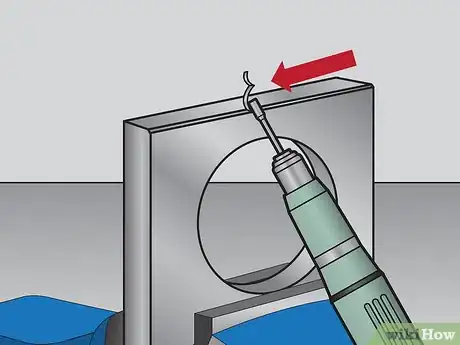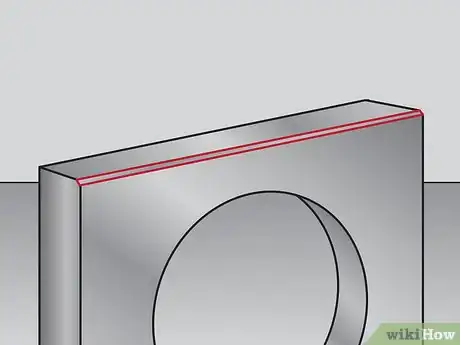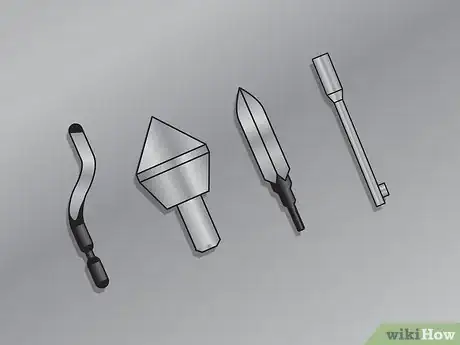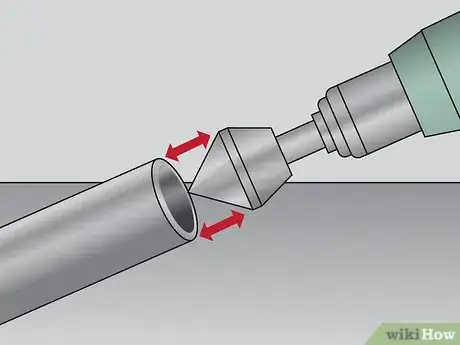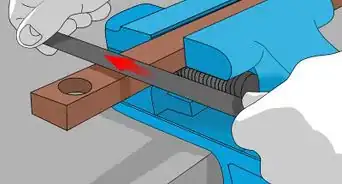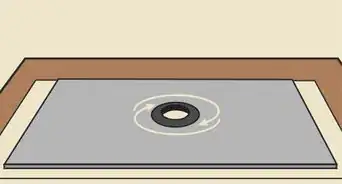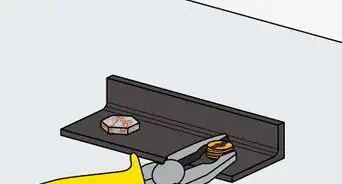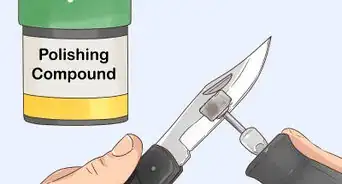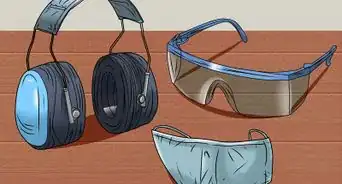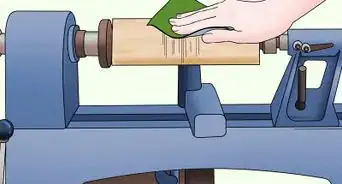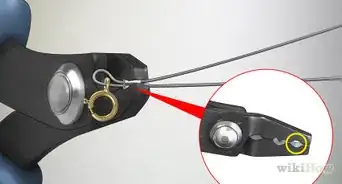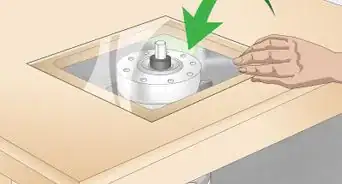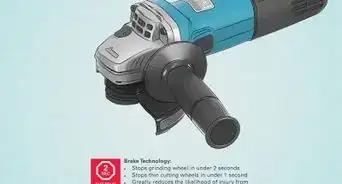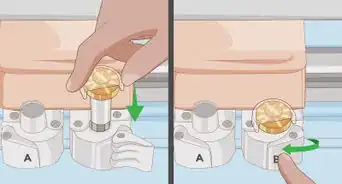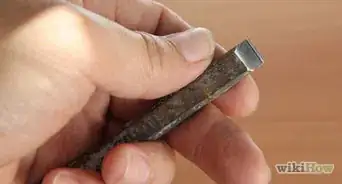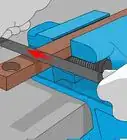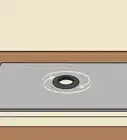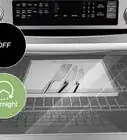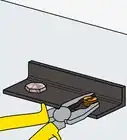This article was co-authored by Ryaan Tuttle. Ryaan Tuttle is a Home Improvement Specialist and the CEO of Best Handyman, Inc. in Boston, Massachusetts. With over 17 years of experience, he specializes in building home service businesses, focusing on creating scalable and efficient brands. With the help of his global team, the companies have achieved over 10+ million in sales and received recognition through magazine features, and enjoy partnerships with wikiHow and Jobber field service software. Boston Magazine and LocalBest.com have named Best Handyman Boston the Best Handyman in Boston. Ryaan holds Construction Supervisor and Home Improvement Contractor Licenses.
This article has been viewed 26,557 times.
Deburring tools are incredibly useful for rounding out rough edges on almost anything. You can use a deburring tool to even out the edges of a PVC pipe or to get rid of rough spots on the edge of a piece of wood. Using a deburring tool is pretty easy, but it helps to know about the process before you get started. You might also find it helpful to know what to consider when choosing your tool and what you should do to keep yourself safe.
Steps
Using the Deburring Tool
-
1Secure your attachment. After you have selected the appropriate attachment for the job, attach the piece to your deburring tool. You may need to consult your user’s manual to determine how to attach the piece.
- Make sure that the attachment is locked securely in place before you switch it on.
-
2Make sure that the object you are deburring is locked in place. While some larger objects might stay put on their own, it will be difficult (and unsafe) to deburr a smaller item that is not secured in place. For example, a piece of furniture may not need to be secured, but a piece of wood or a pipe will need to be secured in place.
- Try using a vice to secure smaller items and prevent them from moving around as you deburr them.
Advertisement -
3Turn on the deburring tool. Next, pick up your deburring tool and hold it firmly by the handle. Then, switch on your deburring tool when you are ready to use it.
- You may want to start out by using the lowest setting and then increase the speed if necessary.
-
4Place the deburring tool against the edge. Hold the tool so that it is right up against the edge you wish to deburr. For example, if you are deburring the edge of a piece of wood, then place the tool right up against the edge.[1]
- You do not need to press hard to deburr the item, just ensure that the tool makes contact with the edge of the object you are deburring.
-
5Go over the area two or three times.[2] To ensure that the edge is completely deburred, it may be necessary to go over it with the deburring tool two or three times. Start at one end and move all the way to the end, or select a starting point if you are deburring a circular item.[3]
- If you are deburring a pipe or other circular area, then you may just have to let the deburring tool rotate two or three times.
- If you are deburring an edge, then you will need to drag the tool back and forth across the area two or three times.
-
6Check the edges to ensure all burrs have been removed. After you have finished deburring the item, remove the tool and turn it off. Then, check the edges of the area you just deburred to ensure that you got all of the larger burrs.[4] If there are still some burrs left, then you can always go over it again.[5]
- You can also sand the edges of the area you just deburred to ensure that it is nice and smooth. Use a fine grit sandpaper to sand away any minor imperfections.
Choosing the Right Tool
-
1Select the right size. Deburring tools are available in handheld sizes as well as larger power tool sizes. The size you need will depend on what you need to deburr. Choose the right tool for your job to get the best results.[6]
- Hand deburring tools are better for small, precise deburring jobs.
- Power deburring tools work better for larger jobs.
-
2Choose the right type of attachment. There are many different types of deburring tool attachments to choose from.[7] If your deburring tool came with a selection of attachments, then you may want to consult your user’s guide to determine which attachment is the most appropriate for your job.
- Some attachments are better for certain materials, such as metal or plastic, while other attachments are better for certain shapes, such as circular items.
-
3Match the deburring attachment with the inner or outer diameter.[8] If you are going to be deburring a pipe, then you may want to use a deburring attachment that will go around the pipe edge or fit inside of the pipe. If you have this type of attachment, then match it up with the pipe to see if the diameter is correct.[9]
- If you do not have this types of attachment, then you can still deburr the pipe. You will just need to use a different attachment work around the edges of the pipe.
Staying Safe
-
1Protect your eyes with safety goggles.[10] When deburring a surface, pieces of wood, metal shavings, or plastic will come off of the surface and they may fly towards your face. To protect your eyes from these shavings, make sure that you wear some safety goggles while you are using the deburring tool.
- Try to get a pair of safety goggles that will protect your eyes on all sides, not just from the front.
-
2Wear gloves to protect your hands.[11] Like most power tools, using a deburring tool can be dangerous. To protect your hands and fingers from injury, make sure that you wear some leather or canvas work gloves. You can find these in any hardware store.
-
3Consider wearing a face mask.[12] If you will be deburring an item with a fine attachment and you expect to kick up a lot of dust, then you might also want to wear a face mask to protect yourself from the dust. Otherwise, you may end up breathing in some of the dust and this can be harmful to your health.
References
- ↑ https://www.youtube.com/watch?v=1HISXiKvmgE
- ↑ http://www.ebay.com/gds/How-to-Use-a-Deburring-Tool-/10000000205702058/g.html
- ↑ https://www.youtube.com/watch?v=1HISXiKvmgE
- ↑ http://www.ebay.com/gds/How-to-Use-a-Deburring-Tool-/10000000205702058/g.html
- ↑ https://www.youtube.com/watch?v=1HISXiKvmgE
- ↑ http://www.ebay.com/gds/How-to-Use-a-Deburring-Tool-/10000000205702058/g.html
- ↑ http://www.vargus.com/shaviv/
- ↑ http://www.ebay.com/gds/How-to-Use-a-Deburring-Tool-/10000000205702058/g.html
- ↑ https://www.youtube.com/watch?v=1HISXiKvmgE
